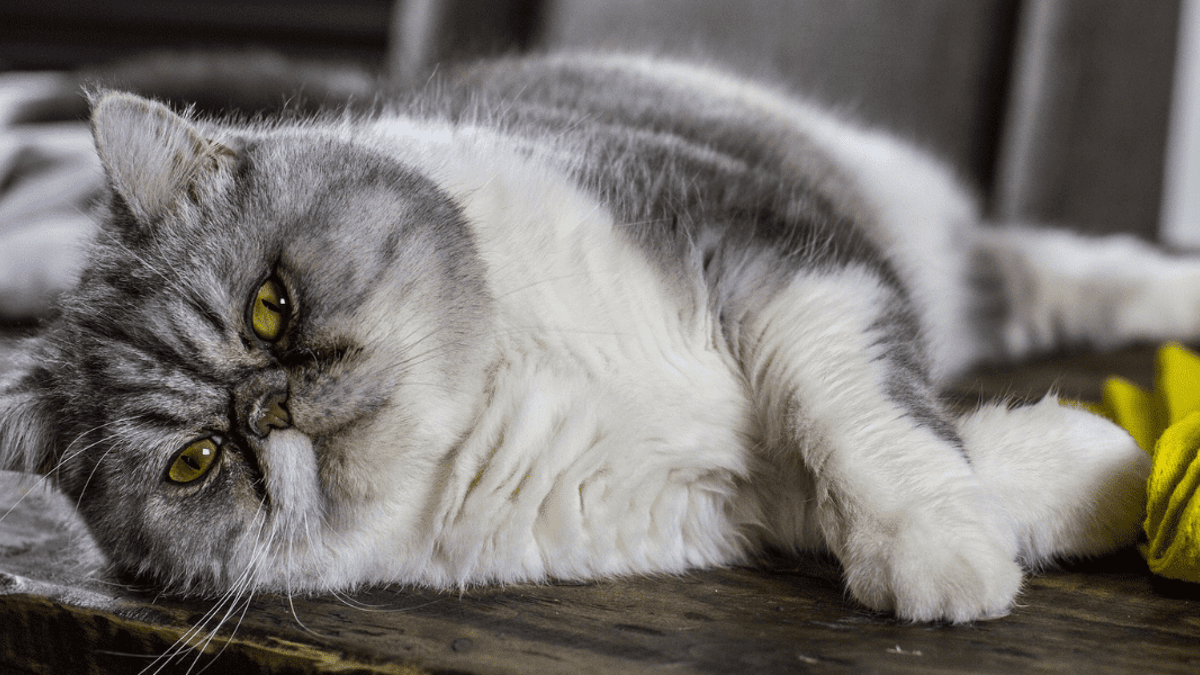And cat with muscle tear it’s a bit like a ballet dancer with a thorn in her foot: a solvable problem, but one that ruins all the bewitching elegance! Our domestic felids conquer us precisely for their fluidity of movement, their natural acrobatics combined with the elasticity of action.
But what happens if we notice an alteration in the gait, if Micio no longer jumps on the windowsill or if he doesn’t try to attack the crystals of the cupboard in the living room? It could be a problem with the muscles of various kinds which, immediately noticed, can be resolved suddenly as it appeared!
Cat with muscle tear: the significance of myopathies
A cat with a muscle tear was probably the victim of a hyperextension trauma, jumping or acrobatic climbing. In these cases the situation is relatively simple and can be remedied quite quickly and without making Micio suffer from atrocious rehabilitation suffering.
The field of myopathies in which the tear falls is, however, very broad and complex and includes pathologies deriving from multiple causes, often even serious:
The previous conditions are certainly much more complex to manage than an ordinary one injury to the muscles. But how do we know if we are talking about a cat with a muscle tear or if the cause is much more serious and problematic? Let’s find out how to detect the symptoms and how our vet can make a diagnosis.
What are the symptoms of a cat with muscle tear?
When we think of a tear in the muscles in cats the first thing that comes to mind is the lamenessbut that’s not always the case.
Although rarer, other areas of the body can also be subject to tearing such as, for example, the compartment of the chewing muscles or long muscles of the neck and abdomen. In these cases the symptomatology will not be lameness but a different functional problem such as difficulty in chewing.
What to do in case of a cat with a muscle tear?
If we notice that Micio walks badly, we must act immediately and make an appointment with our veterinarian to make a clinical visit that gives us important information to factor the symptoms.
First of all, the veterinarian will carry out an evaluation of the systemic vital functions to validate the general health of the animal and then will focus his attention on the anatomical district on which it is necessary to investigate.
Diagnosis of cat with muscle tear
As soon as the vet goes to analyze the affected region of the affected cat’s body, he will perform one palpation. This maneuver is useful to assess if the region is hot (calor), if it is painful (pain) and if its functionality is significantly impaired (functio lesa).
In this way he will begin to have the first useful information and will notice what can be abnormalities of the musculature such as lumpiness, fasciculations or flaccidity that can suggest that there is a more serious problem than a simple cat with a muscle tear. Usually if the problem is a tear the visit will end at this time and one will be recommended therapy.
But if the suspicion that it is something more serious remains, it will be necessary to resort to other things, such as blood biochemical tests to evaluate the increase in creatine kinase or electromyography.
Ultrasonography and radiology of the musculoskeletal system
To further investigate a problem of a musculoskeletal nature, an X-ray or an ultrasound scan can be carried out depending on the information received during the clinical visit for what we believe is a cat with a muscle tear.
- In the case of the radiography we will mainly evaluate the bone tissues of the region under examination to objectify the presence of a contextual bone problem (perhaps due to a fall).
- Instead, to evaluate the soft tissues such as all the anatomy of the muscle, the tendons and the ligaments, it is possible to use aultrasound with linear probe. This probe has an excellent surface detail capable of highlighting, for example, the nodules perceived during palpation and even making eco-guided biopsies for the collection of a piece of muscle to be processed in the laboratory.
CT and MRI: precision imaging diagnostics
If you are still not satisfied with the information collected with the previous techniques, it is possible to resort to a CT exam or an MRI based also on the economic possibilities of the owner.
These diagnostic imaging methods report layer by layer the region of interest giving a diagnostic detail that is currently unparalleled which will certainly exclude any wrong hypothesis and will eventually confirm the diagnosis of cat with muscle tear.
In summary, the veterinary moral of this story is that often a problem such as a slight lameness of our beloved cat makes us think of a simple tear that can be cured with a short anti-inflammatory and analgesic therapy together with a little healthy rest and some cuddling. But is it always like this?
As we have read in the previous lines we must always pay attention to the discomfort of our cats which, by themselves, are animals that do not clearly express symptoms in case of mild / moderate pain. So if their behavior changes it is because they suffer from a serious illness and it is our task to restore his agility as soon as possible by making him return, with pride, to drop the crystals from the cupboard in the living room!

